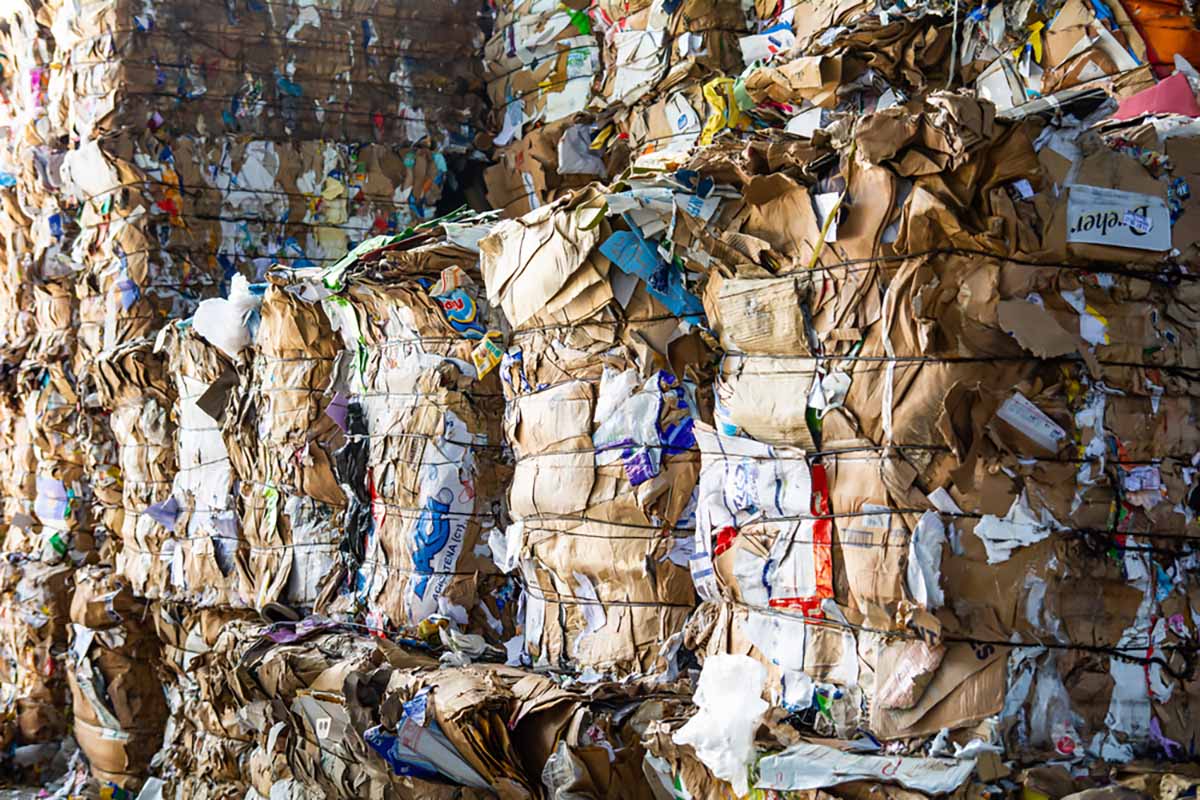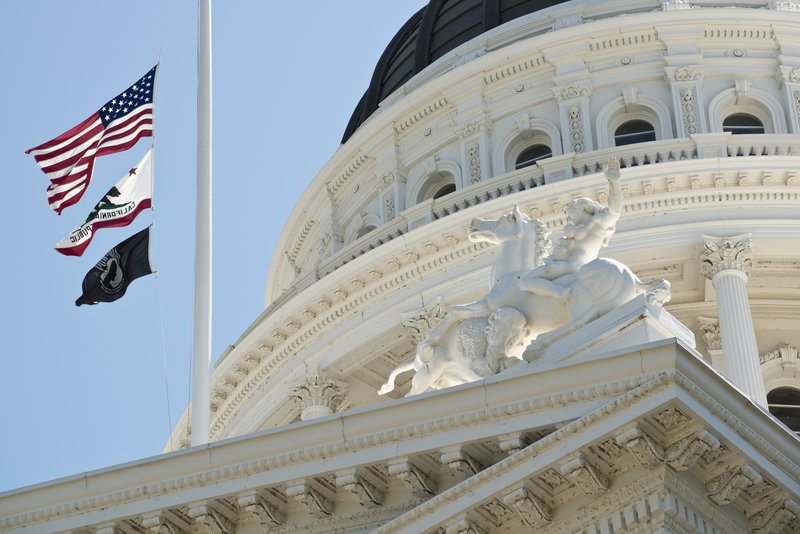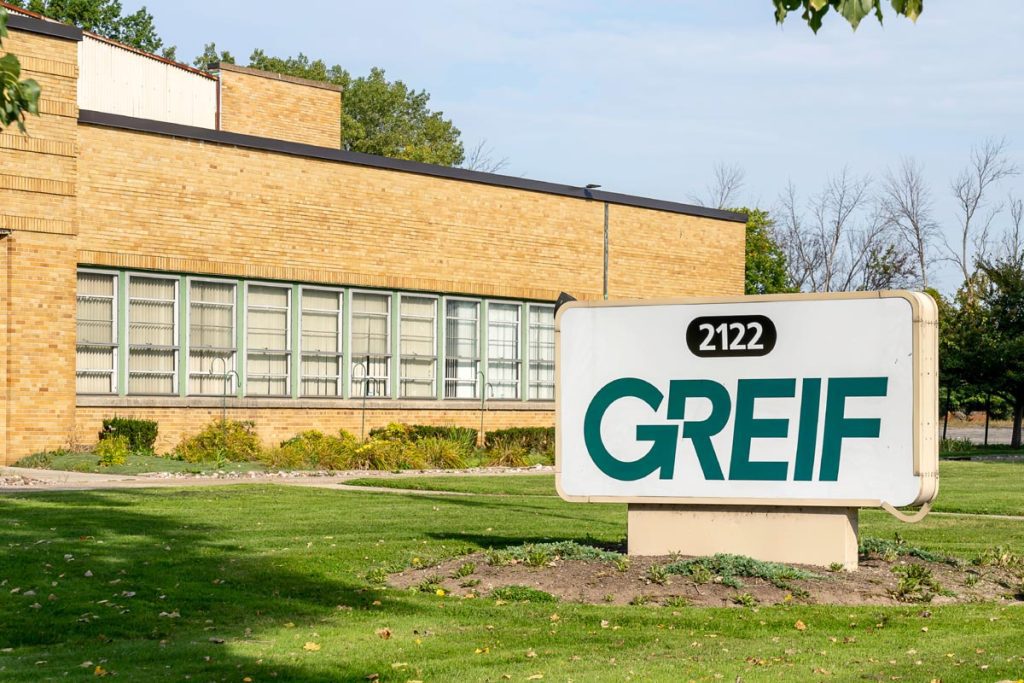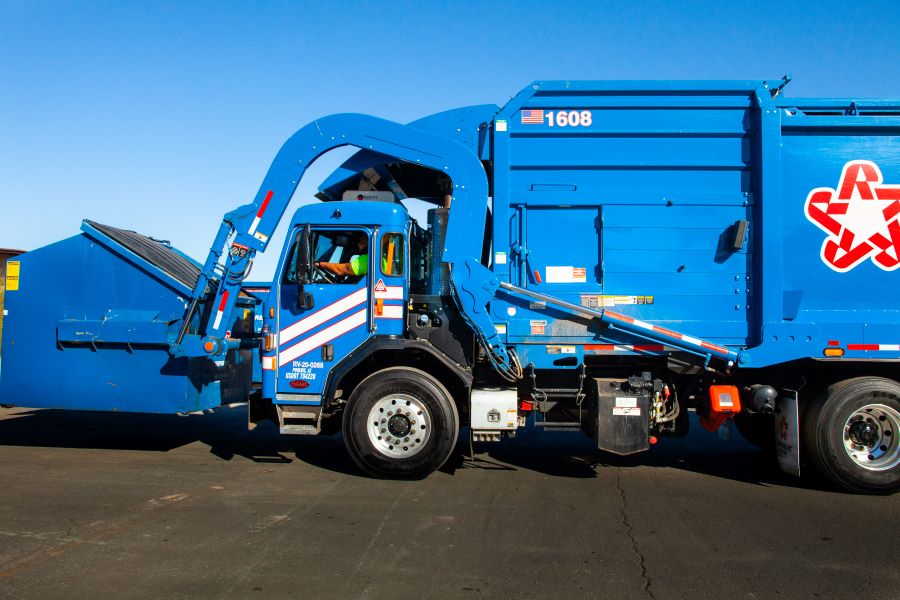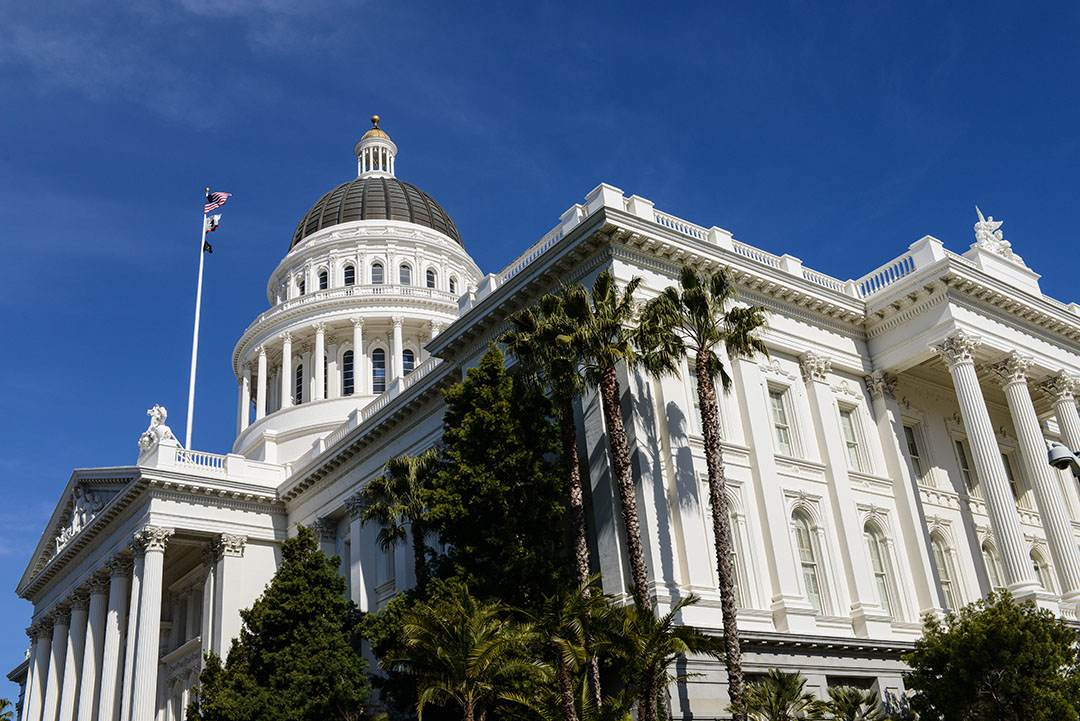
The report touches on five main topics: recyclability of covered materials, compostability of covered materials, reuse and refill and other source reduction systems, cost coverage for local jurisdictions, and plastic leakage into the environment. | Ratchat/Shutterstock
Members of the California extended producer responsibility for packaging advisory board have identified dozens of barriers to implementation and offered up possible solutions in a recent report.


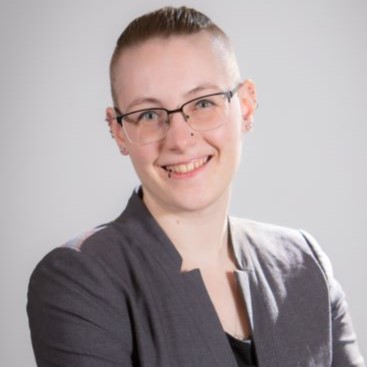 Marissa Heffernan worked at Resource Recycling from January 2022 through June 2025, first as staff reporter and then as associate editor. Marissa Heffernan started working for Resource Recycling in January 2022 after spending several years as a reporter at a daily newspaper in Southwest Washington. After developing a special focus on recycling policy, they were also the editor of the monthly newsletter Policy Now.
Marissa Heffernan worked at Resource Recycling from January 2022 through June 2025, first as staff reporter and then as associate editor. Marissa Heffernan started working for Resource Recycling in January 2022 after spending several years as a reporter at a daily newspaper in Southwest Washington. After developing a special focus on recycling policy, they were also the editor of the monthly newsletter Policy Now.